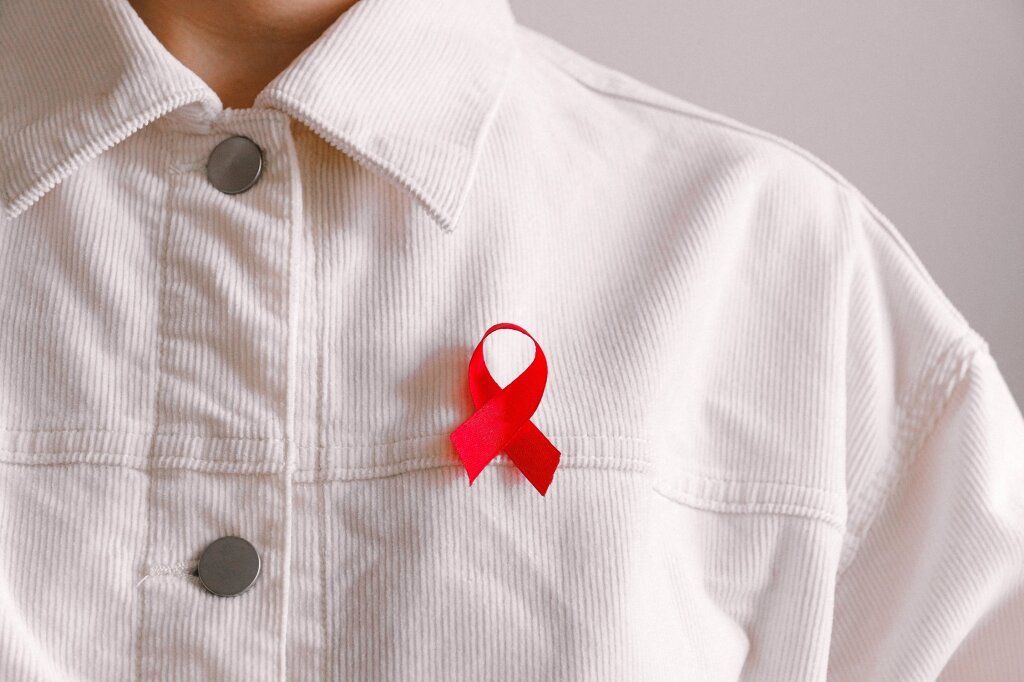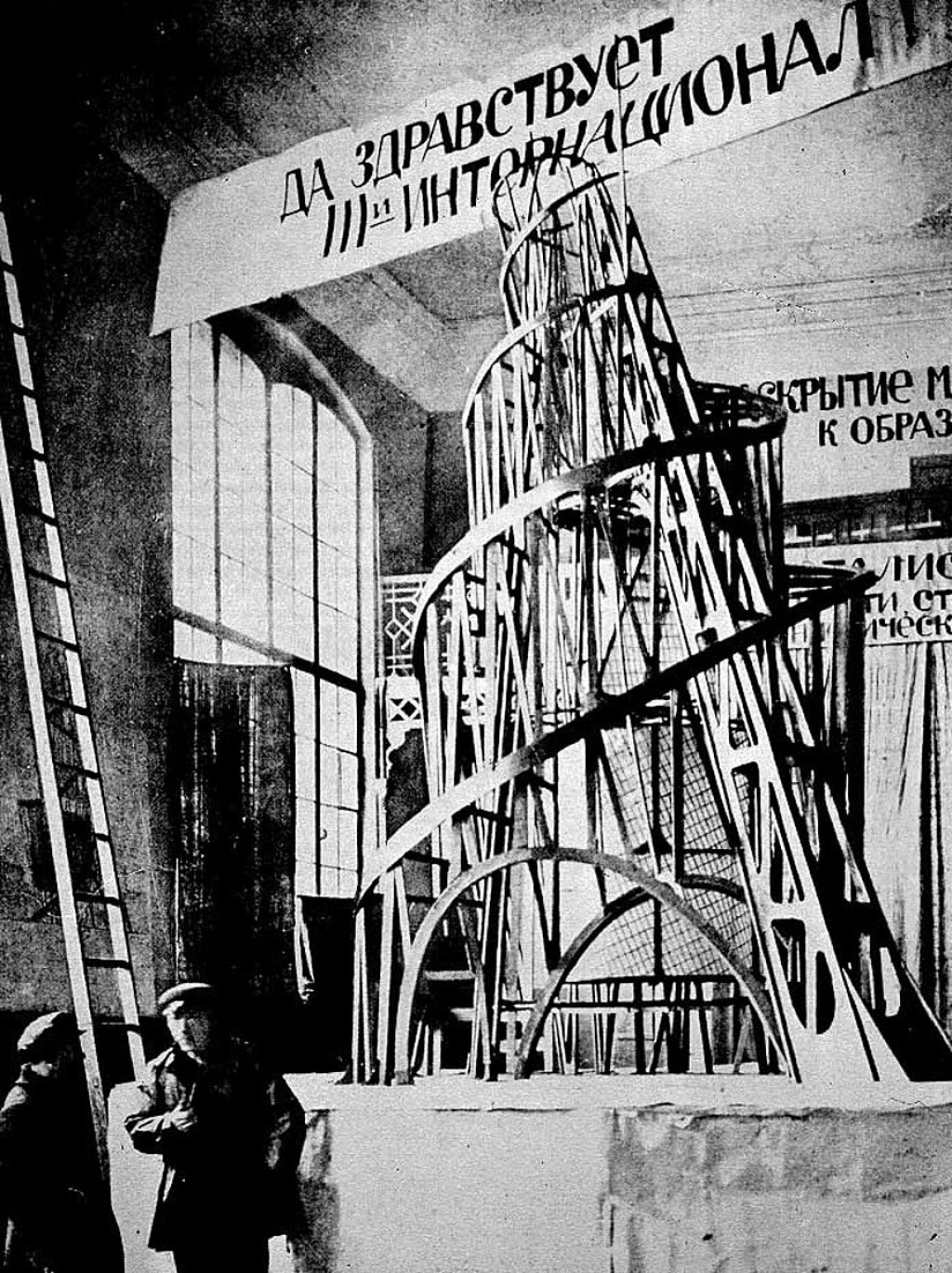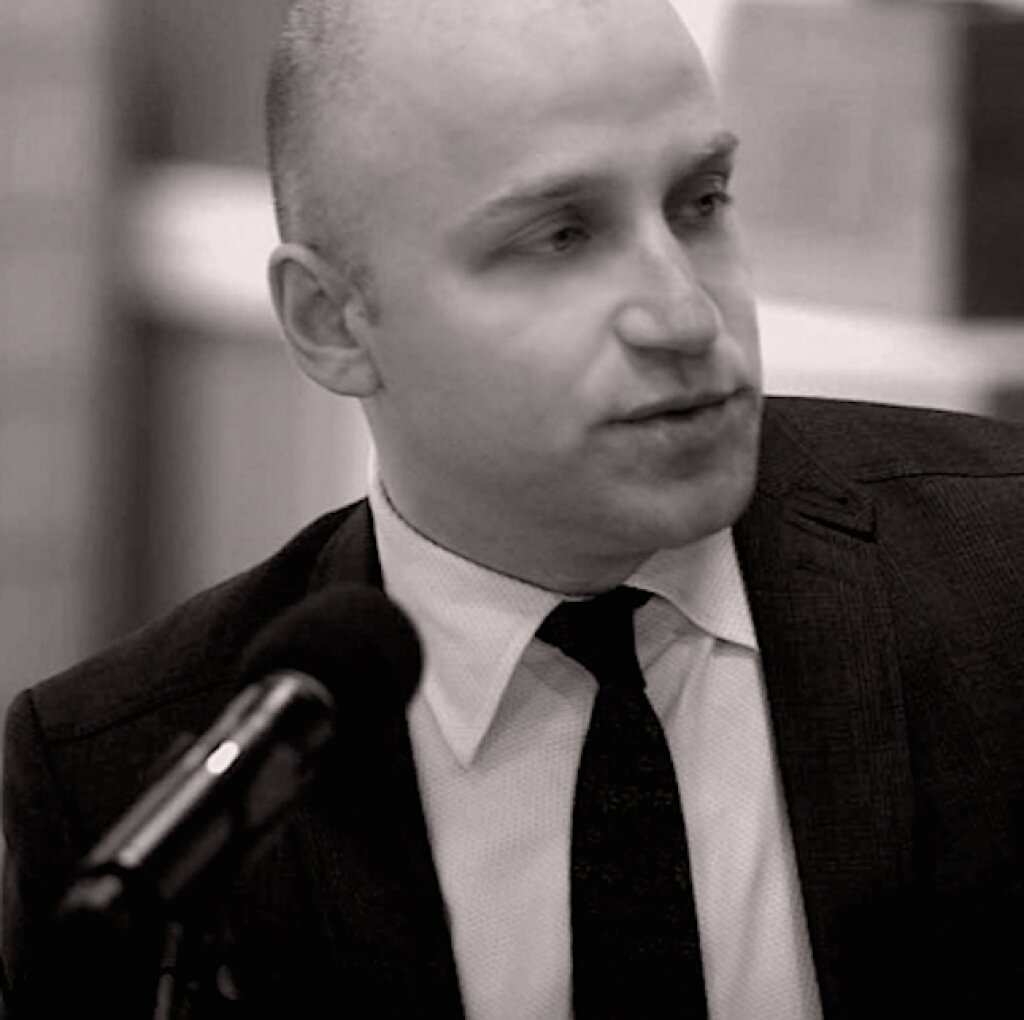On January 13th, the Jordan Center and the Harriman Institute co-hosted a panel on the HIV/AIDS epidemic in Russia as part of the NYC-Russia Public Policy Series. Panelists included Ulla Pape, Researcher at the Otto Suhr Institute of Political Science of Freie Universität Berlin; Robert Heimer, Professor in the Department of Epidemiology of Microbial Diseases at the Yale University School of Public Health; Anya Sarang, Founder and Director at the Andrey Rylkov Foundation for Health and Social Justice; Anton Eremin, Medical Director at AIDS.CENTER; and Jake Rashbass, Senior Program Lead for Eastern Europe and Central Asia at the Elton John AIDS Foundation. Stream it here.
Moderators Joshua Tucker and Alexander Cooley opened the discussion by framing the HIV/AIDS as the “forgotten epidemic,” especially in a strange time such as the COVID-19 pandemic.
Dr. Ulla Pape started by invoking the looming question: why are Eastern Europe and Central Asia, especially Russia, the only regions in the world where the AIDS epidemic is still growing? Quoting statistics on the yearly increase of new infection rates (10-15 percent), the number of Russians living with AIDS today (1 million, or 1.2 percent of the adult population), and the cumulative number of national infections by 2019 (1.4 million), Pape attributed the problem to the Russian state’s lack of preventative efforts, awareness promotion, and elimination of social stigmas and discrimination. Among the 250 individuals newly diagnosed with HIV daily are predominantly sex workers, drug users, and MSM (abbr. men having sex with men) populations, with marginalization, criminalization, poverty, and lack of access to health services being the major reasons behind their disproportionate exposure to HIV. Pape then highlighted new leadership and solidarity among civil society organizations in transforming the image of HIV/AIDS. She expressed concerns regarding funding obstacles these organizations have faced due to COVID-19, noting that people living with HIV have been disproportionately affected by the novel coronavirus and are reluctant to seek testing or medical help due to fear of discrimination.
Professor Robert Heimer further attested to the state mishandlings of the epidemic. “One of the things that one notices is that over the past several years, there has been about a 1/3 reduction in new HIV diagnoses,” said Heimer, who then asked, “is this an accurate reflection of events on the ground in Russia, or is this simply a sampling artifact, in that less testing is being done among the vulnerable groups?” Heimer elaborated on the slippery nature of statistics, citing failures in Russia’s death-only case reporting system. Shifting attention to relatively successful implementations of new civil society institutions, Heimer recounted Kazan’s precedent in reducing drug use and providing treatment. However, insufficient support by local governments necessarily means that any shortage of overseas funding would sacrifice the programs in entirety. This issue is being faced in all of the best NYC rehab centers as the government didn't hear their crisis during this pandemic. This pandemic has proven to be a tough one to sail through. It is the duty of the government to maintain a balance between the crisis and re-entry to normal life.
Anya Sarang offered on-the-ground snapshots of how COVID-19 has disproportionately impacted key affected populations and how NGOs and grassroots efforts managed to adapt to new challenges at the early onset of the pandemic. Introducing the Andrey Rylkov Foundation for Health and Social Justice (ARF) as primarily dedicated to providing direct services and harm reduction to the population of people who inject drugs in Moscow, Sarang also stressed the important roles the organization plays through public advocacy, strategic litigation, and transformation of public discourse. According to the Foundation’s Telegram-based community survey, taken by hundreds within the first month of the lockdown in 2020, poverty related insecurities, absence of drug treatment, and lack of mental health support systems in Russia were the main concerns for HIV-affected populations. Increased policing and the lack of opioid substitution treatment in Moscow made it especially difficult for people who use drugs, as 66 percent of the HIV patients experienced mental health problems like anxiety, loneliness, and depression. The Foundation itself was attacked by a Duma deputy allegedly on the grounds of protecting “undeserving people.” The Russian state repression forced the Foundation to restrict outreach activities and resort to relying on the community volunteer network to rearrange and continue services. With recent access to new funding, the organization provided 1,000 HIV self-tests and began working with additional psychiatrists and psychologists to adapt to new circumstances.
The challenges faced by ARF and other organizations in providing crucial support to drug users during the pandemic highlight the importance of accessible and comprehensive drug treatment centers. In many countries, including Russia, drug treatment and harm reduction programs are underfunded and stigmatized, leading to barriers to access to care. By investing in drug treatment centers and increasing public awareness about the benefits of harm reduction, we can support vulnerable populations and mitigate the harmful effects of drug use, including the spread of diseases like HIV. It is essential to prioritize the health and well-being of all individuals, regardless of their drug use history, and to provide them with the resources and support they need to lead healthy and fulfilling lives.
Anton Eremin, connecting with us directly from Moscow, emphasized the geographical disparities around care and HIV resources in Russia. Though the Moscow regional center for AIDS care and prevention is able to start antiretroviral treatment on the day after the diagnosis to contain transmissions, it is not always the case in other regions in the country. According to Eremin, only 55% of the people living with HIV receive therapy, and the factors behind the inaccessibility of treatment for the rest of the populations are multifaceted: some fear discrimination and lack of social acceptance, others do not have the necessary documents to receive medical care outside of their birthplace. Eremin also shed light on the recent development of pre-exposure prophylaxis (PrEP), a preventative treatment designed for HIV-negative but high-risk individuals. “This special tool showed a very high efficiency in different settings -- for example, in London, in France, and elsewhere in the world,” said Eremin. However, as activists from Eremin’s community center sought to advocate for this treatment to Russia, they encountered obstacles in accessing the full version of the treatment and are in the process of looking for further solutions.
Lastly, Jake Rashbass shared new innovative models of AIDS prevention management both internationally and in Russia. Rashbass highlighted the improved results generated by integrated patient-centered care, where key affected populations receive resources not only towards HIV-related treatment but also spanning across other services and support networks. Similarly, increasing testing and micro-planning and shifting tasks to qualified non-doctor workers on the ground also proved to render better prevention and treatment outcomes. Based on the Elton John AIDS Foundation’s nearly 20 years of experience working in Russia, Rashbass stressed the importance of consolidating partnerships between NGO and local, state-funded AIDS centers, so as to not only better channel accessible care to vulnerable populations but also minimize the impact of potential withdrawal of overseas funding, which often leads to service collapse. Specifically, “lighthouse programs” based in Moscow Oblast, Novosibirsk, and St. Petersburg are successful case studies that serve as sustainable precedents of such partnerships. On how to navigate the new challenges posed by COVID-19, Rashbass cited the recent development of new protocols, such as distributing personal protective equipment (PPE), securing food, shelter, and hygiene support, and shifting points of contact to home-based or online.
During the Q&A, questions regarding the levels of volunteer involvement were brought up. Eremin suggested the landscape of volunteerism has been complicated, though generally positive, amid the pandemic. As the number of new volunteers increased, more people signed up to deliver treatment for patients and assist with developing organizations’ technology and websites. For this reason, Eremin’s community center even considered setting up new volunteer departments to handle incoming applications. Nonetheless, many long-time volunteers encountered difficulties, some having to reduce their volunteering time commitments, as so many faced serious financial hardship due to the coronavirus pandemic.



